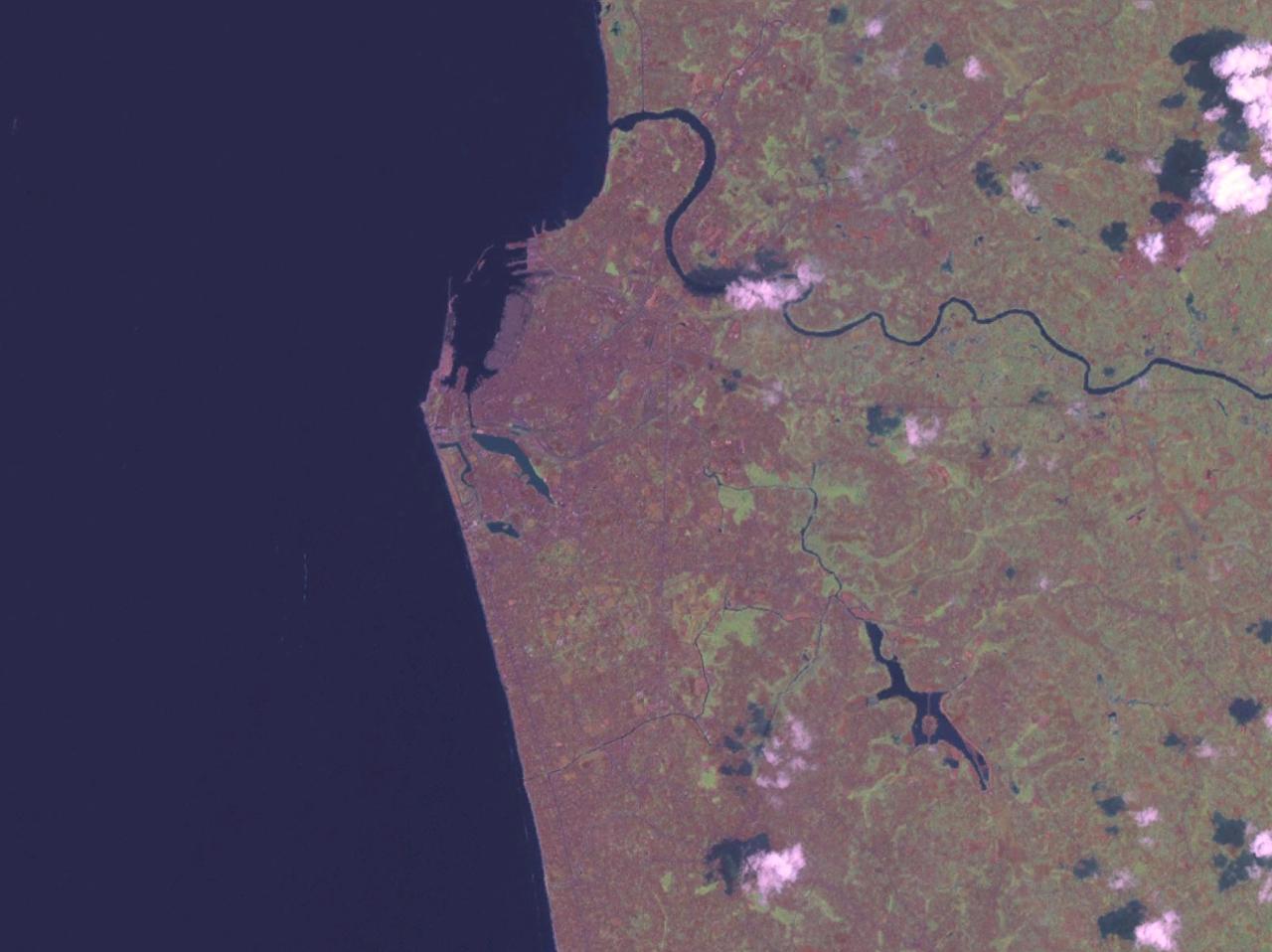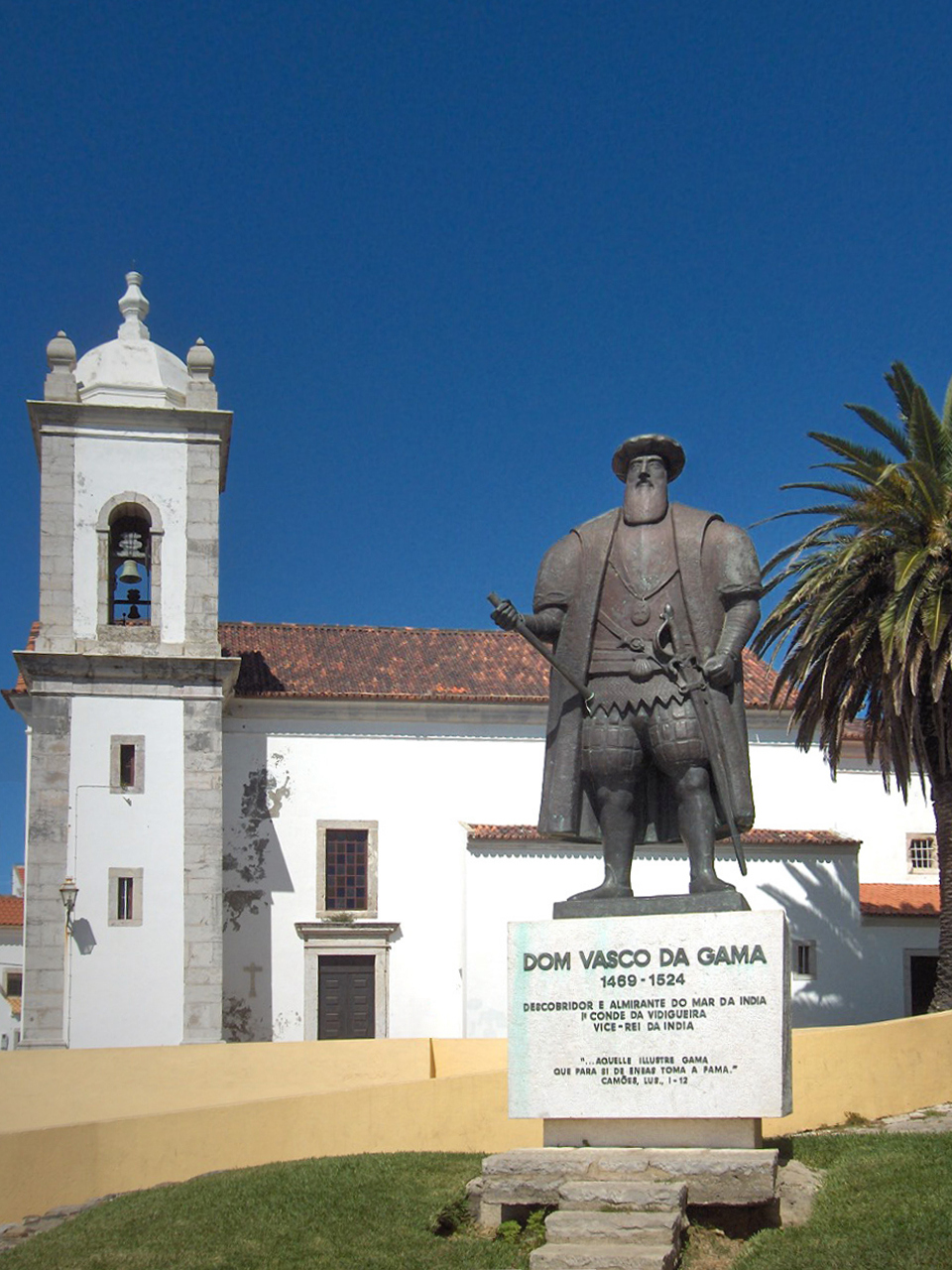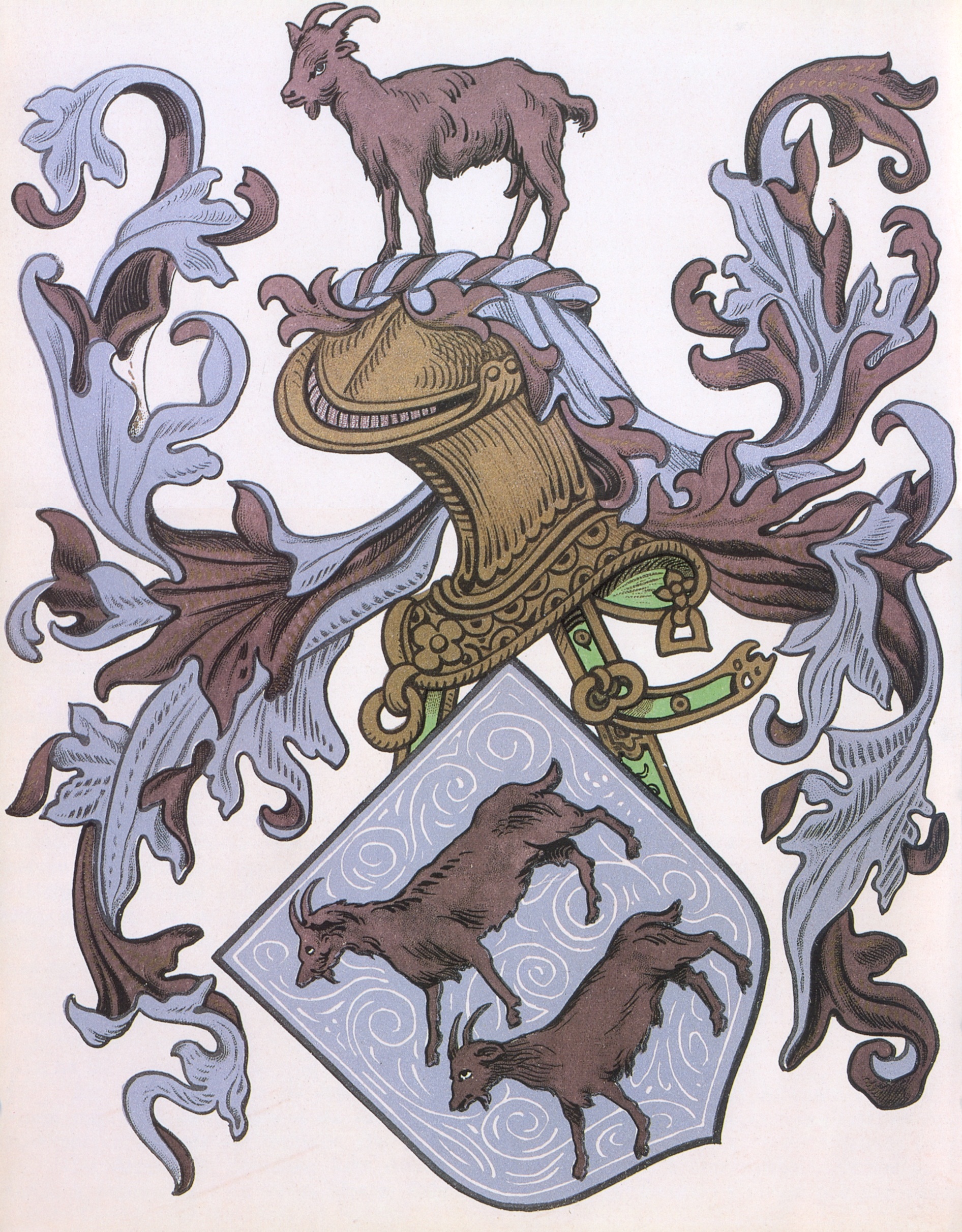|
Pedro De Ataíde Inferno
Pedro de Ataíde "Inferno" was the 8th Captain-major of Portuguese Ceylon. Ataíde Inferno was appointed in 1564 under Sebastian of Portugal, he was Captain-major until 1565. He was succeeded by Diogo de Melo. Biography In a study on Portuguese India published in 1857 by the Portuguese author Francisco Maria Bordalo, he stated that “Pedro de Athaide Inferno” was one of the “Portuguese heroes who died there at the hands of the Moors... or victims of the sea and trials of all kinds”. According to the Jesuit chronicler Fernão de Queiroz, Ataíde had already participated as captain-major in the defense of the fortress of Sri Jayawardenepura Kotte, in 1564, alongside the previous captain-major, Baltasar Guedes de Sousa, who, although wounded, was also present in the battles against the Sinhalese forces that were trying to conquer the city. Also according to Queiroz, during this battle Pedro de Ataíde "''showed the mettle of his valour gaining the renown of which they ... [...More Info...] [...Related Items...] OR: [Wikipedia] [Google] [Baidu] |
Ataíde Family
Ataíde is the name of a noble family from the Kingdom of Portugal, many of whose members played important roles in the course of the Portuguese maritime exploration, Portuguese overseas exploration and expansion and in the internal and foreign policies of Portugal and its empire. History Origin The origin of the Ataíde family can be documented since the 12th century, its progenitor being Don (honorific), D. Egas Duer (c. 1140 – c. 1180), a fidalgo of the County of Portugal (and likely a member of the Early Middle Ages, early medieval :pt:Casa de Riba Douro, House of Riba Douro), who was the 1st Lord of the Honra of :pt:Ataíde, Ataíde («''propter honorem Domne Egee Duer''»), located in what was then the county of Santa Cruz de Riba Tâmega (near present-day Amarante, Portugal, Amarante), in the northern Portuguese region of Entre Douro e Minho. Egas Duer's son, Martim Viegas, was the first to use the surname Ataíde, derived from the name of the ''Honra'' of which he ... [...More Info...] [...Related Items...] OR: [Wikipedia] [Google] [Baidu] |
Sri Jayawardenepura Kotte
Sri Jayawardenepura Kotte (), also known as Jayapura or Kotte, is the legislative capital of Sri Lanka. Sri Jayawardenepura Kotte is located adjacent to the urban area of Sri Lanka's de facto economic, executive, and judicial capital, Colombo. The Sri Jayawardenepura Kotte Municipal Council area is bounded in: * the North by Kolonnawa Urban Council area, * the North-East by the Kotikawatta–Mulleriyawa Pradeshiya Sabha area, * the East by the Kaduwela Municipal Council area, * the South-East by the Maharagama Urban Council area, * the South-West by the Dehiwala-Mount Lavinia Municipal Council and * the West by the Colombo Municipal Council area, which is the commercial capital of Sri Lanka. History The village of Darugama lay at the confluence of two streams, the Diyawanna Oya and the Kolonnawa Oya. As Darugama was a naturally secure place, it was not easy for enemies to enter it. Here, in the 13th century, a local chieftain, Nissanka Alagakkonara, built a '' ... [...More Info...] [...Related Items...] OR: [Wikipedia] [Google] [Baidu] |
Captain-majors Of Ceilão
The Portugal, Portuguese arrived in the Kingdom of Kotte in 1505. By 1551, they had appointed a captain-major to control the Portuguese occupied territory called Portuguese Ceylon, Ceylon on the island of modern-day Sri Lanka. In that time, there were numerous captains-major until 1594. The post of captain-major was preceded by that of the List of Captains of Ceilão, captain in 1518. In 1594, the captain-major was replaced with a List of Governors of Ceilão, governor. List of captain-majors See also * List of monarchs of Sri Lanka * List of captains of Portuguese Ceylon * List of captain-generals of Portuguese Ceylon * History of Sri Lanka References List of heads of state of Sri Lanka at worldstatesmen.org {{Transitional period topics Captain-majors of Ceilão Lists of governors in Asia, Ceilao Lists of office-holders in Sri Lanka, Ceilao Lists of political office-holders in Portugal, Ceilao 1551 establishments in Asia 16th-century establishments in Sri Lanka 1591 dise ... [...More Info...] [...Related Items...] OR: [Wikipedia] [Google] [Baidu] |
Vasco Da Gama
Vasco da Gama ( , ; – 24 December 1524), was a Portuguese explorer and nobleman who was the Portuguese discovery of the sea route to India, first European to reach India by sea. Da Gama's first voyage (1497–1499) was the first to link Europe and Asia using an Cape Route, ocean route that rounded the southern tip of Africa. This route allowed the Portuguese to avoid sailing across the highly disputed Mediterranean Sea and traversing the dangerous Arabian Peninsula, Arabian Peninsula. A milestone in Portuguese maritime exploration, this voyage marked the beginning of a sea-based phase of international trade and an age of global imperialism. The Portuguese later established a Portuguese Empire, long-lasting colonial empire along the route from Africa to Asia. The outward and return voyages constituted the longest known ocean voyages ever completed. Sailors had been trying to reach the Indies for decades, with thousands of lives and dozens of vessels lost in shipwrecks and ... [...More Info...] [...Related Items...] OR: [Wikipedia] [Google] [Baidu] |
4th Portuguese India Armada (Gama, 1502)
The 4th Portuguese India Armada was a Portuguese fleet that sailed from Lisbon in February, 1502. Assembled on the order of King Manuel I of Portugal and placed under the command of Vasco da Gama, it was the fourth of some thirteen Portuguese India Armadas, was Gama's second trip to India, and was designed as a punitive expedition targeting Calicut to avenge the numerous defeats of the 2nd Armada two years earlier. Along the way, in East Africa, the 4th Armada established a Portuguese factory in present-day Mozambique, made contact and opened trade with the gold entrepot of Sofala and extorted tribute from Kilwa. Once in India, the armada set about attacking Calicut shipping and disrupting trade along much of the Malabar Coast. But the ruling Zamorin of Calicut refused to accede to Portuguese demands, arguing that the violent exactions of the armada exceeded any claims they might have for compensation. The 4th Armada left without bringing the Zamorin to terms and leaving matter ... [...More Info...] [...Related Items...] OR: [Wikipedia] [Google] [Baidu] |
Pedro Álvares Cabral
Pedro Álvares Cabral (; born Pedro Álvares de Gouveia; ) was a Portuguese nobleman, military commander, navigator and explorer regarded as the European discoverer of Brazil. He was the first human in history to ever be on four continents, uniting all of them in his famous voyage of 1500, where he also conducted the first substantial exploration of the northeast coast of South America and claimed it for Portugal. While details of Cabral's early life remain unclear, it is known that he came from a minor noble family and received a good education. He was appointed to head an expedition to India in 1500, following Vasco da Gama's newly opened route around Africa. The undertaking had the aim of returning with valuable spices and of establishing trade relations in India—bypassing the monopoly on the spice trade then in the hands of Arab, Turkish and Italian merchants. Although the previous expedition of Vasco da Gama to India, on its sea route, had recorded signs of land west o ... [...More Info...] [...Related Items...] OR: [Wikipedia] [Google] [Baidu] |
Pero De Ataíde
Pero de Ataíde or Pedro d'Ataíde (d'Atayde, da Thayde), nicknamed ''O Inferno'' (Hell), "''for the damage he did to the Moors in Africa''", (c. 1450 – February/March, 1504, Mozambique Island) was a Portugal, Portuguese sea captain in the Indian Ocean active in the early 1500s. He was briefly captain of the first permanent Portuguese fleet in the Indian Ocean, taking over from Vicente Sodré, and the author of a famous letter giving an account of its fate. Background According to chronicler Gaspar Correia, Pero de Ataíde was a "very honored nobleman, a good knight, of virtuous condition" He was one of the three known illegitimate sons of Pedro de Ataíde, Abbot of Penalva do Castelo, himself an illegitimate son of Don (honorific), D. :pt:Álvaro_Gonçalves_de_Ataíde,_1.º_Conde_de_Atouguia, Álvaro Gonçalves de Ataíde, the 1st Count of Atouguia. He had two brothers, Vasco de Ataíde and Álvaro Gonçalves de Ataíde, and a sister, Isabel Coutinho. It is sometimes ... [...More Info...] [...Related Items...] OR: [Wikipedia] [Google] [Baidu] |
List Of Captain-majors Of Portuguese Ceylon
The Portuguese arrived in the Kingdom of Kotte in 1505. By 1551, they had appointed a captain-major to control the Portuguese occupied territory called Ceylon on the island of modern-day Sri Lanka. In that time, there were numerous captains-major until 1594. The post of captain-major was preceded by that of the captain in 1518. In 1594, the captain-major was replaced with a governor. List of captain-majors See also * List of monarchs of Sri Lanka * List of captains of Portuguese Ceylon * List of captain-generals of Portuguese Ceylon * History of Sri Lanka The history of Sri Lanka covers Sri Lanka and the history of the Indian subcontinent and its surrounding regions of South Asia, Southeast Asia and the Indian Ocean. Prehistoric Sri Lanka goes back 125,000 years and possibly even as far back a ... References List of heads of state of Sri Lanka at worldstatesmen.org {{Transitional period topics Captain-majors of Ceilão Ceilao Ceilao Ceilao 1551 establishments i ... [...More Info...] [...Related Items...] OR: [Wikipedia] [Google] [Baidu] |
Jesuits
The Society of Jesus (; abbreviation: S.J. or SJ), also known as the Jesuit Order or the Jesuits ( ; ), is a religious order (Catholic), religious order of clerics regular of pontifical right for men in the Catholic Church headquartered in Rome. It was founded in 1540 by Ignatius of Loyola and six companions, with the approval of Pope Paul III. The Society of Jesus is the largest religious order in the Catholic Church and has played significant role in education, charity, humanitarian acts and global policies. The Society of Jesus is engaged in evangelization and apostolic ministry in 112 countries. Jesuits work in education, research, and cultural pursuits. They also conduct retreats, minister in hospitals and parishes, sponsor direct social and humanitarian works, and promote Ecumenism, ecumenical dialogue. The Society of Jesus is consecrated under the patron saint, patronage of Madonna della Strada, a title of the Blessed Virgin Mary, and it is led by a Superior General of ... [...More Info...] [...Related Items...] OR: [Wikipedia] [Google] [Baidu] |
Portuguese India
The State of India, also known as the Portuguese State of India or Portuguese India, was a state of the Portuguese Empire founded seven years after the discovery of the sea route to the Indian subcontinent by Vasco da Gama, a subject of the Kingdom of Portugal. The capital of Portuguese India served as the governing centre of a string of military forts and maritime ports scattered along the coasts of the Indian Ocean. The first viceroy Francisco de Almeida established his base of operations at Fort Manuel in the Malabar region, after the Kingdom of Cochin negotiated to become a protectorate of Portugal in 1505. With the Portuguese conquest of Goa from the Bijapur Sultanate in 1510, Goa became the major anchorage for the Armadas arriving in India. The capital of the viceroyalty was transferred from Cochin to Goa in 1530. From 1535, Mumbai (Bombay) was a harbour of Portuguese India, known as '' Bom Bahia'', until it was handed over, through the Marriage Treaty, dowry o ... [...More Info...] [...Related Items...] OR: [Wikipedia] [Google] [Baidu] |





